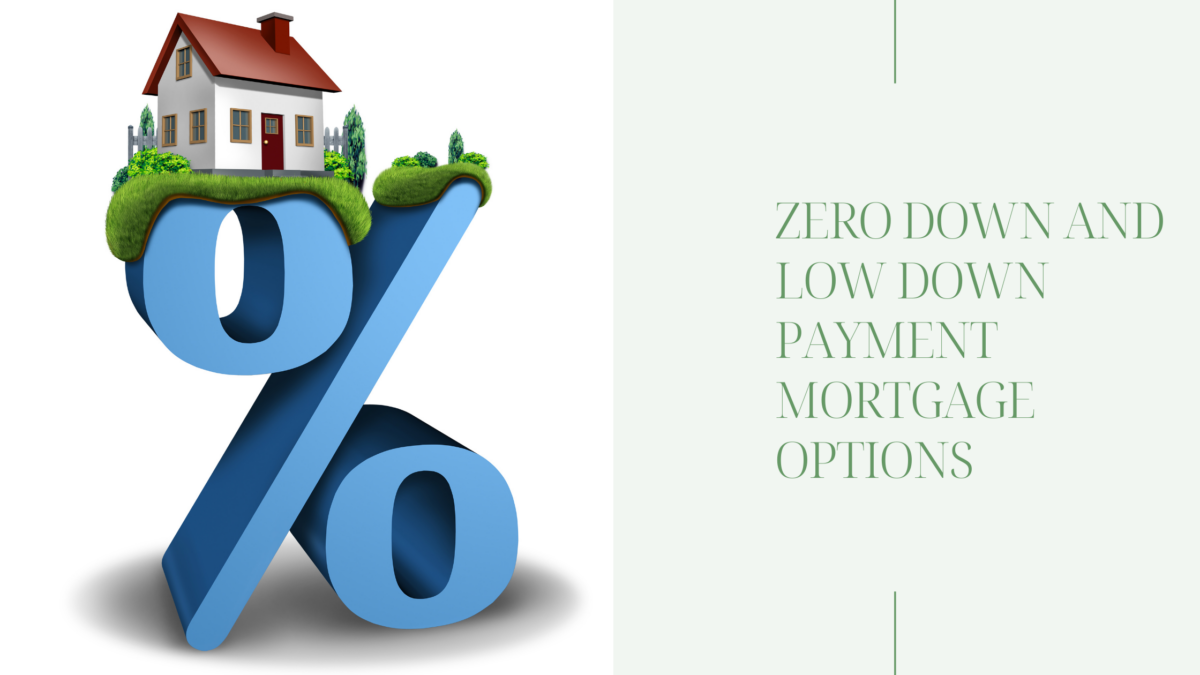Homebuyers who are new to the market may find themselves asking the common question, ‘Is the lowest rate the best rate?’ It’s a good question to ask because the answer can be somewhat complicated.
The short answer is… not necessarily.
In some cases, even, a borrower might end up paying more for a lower rate. This is why understanding the difference between the lowest rate and the best rate is important.
When determining the best rate, you will want to look at two major things: (1) the interest rate and (2) the APR.
What is the difference between Interest Rate and APR?
Interest rate is the rate a borrower pays on their home loan. This rate varies due to many factors, such as home price and loan amount, down payment, loan term, interest rate type – adjustable vs. fixed – loan type, and credit score, to name a few.
APR is the interest rate plus other fees and costs that go into buying a home. Which is, what a borrower will end up paying on top of the principal. These fees include the interest rate, origination fees, discount points, and closing costs – which include application and attorney fees, administrative or processing fees, insurance fees, property taxes, and expenses from the title company.
To determine the best rate, you will want to find the one that saves you the most money once you factor in fees, closing costs, and loan terms. You will want to look at the APR.
When looking at the APR you should pay attention to these major factors:
- Which fees are included? Sometimes fees, like appraisal fees, property taxes, and insurance costs are not included in the original APR quote. It can be helpful for borrowers to ask these questions upon receiving a quote from their lender, so they are not hit with unexpected costs later.
- Upfront costs? In some cases, lower APRs may have higher upfront costs, this is important for borrowers to acknowledge as well so they are not stuck paying unexpected upfront costs at closing.
- Take into consideration PMI, credit score, and down payment. Borrowers with less-than-perfect credit may qualify for a loan but will have a higher APR because of it. Likewise, those who put a smaller amount towards their down payment or who haven’t accounted for mortgage insurance may see an increase in their APR.
- Consider the length of the loan. The APR is calculated in relation to the length of the loan. This means, for a 30-year loan, the APR is determined assuming it will take 30 years for the loan to be paid off.
However, many borrowers choose to pay their loans off earlier than the original term, which ultimately affects the APR. The best way to get the most accurate APR would be to keep the loan for the entire term. Or, if a borrower is anticipating paying it off early, they should be prepared for an increase in APR.
Understanding the difference between interest rate and APR is crucial when it comes to finding the best mortgage loan rate.
Moreover, understanding the costs that will affect your APR in the long run, is the only way to make sure you are getting the best rate possible.
Your best option is to sit down and talk with a Loan Originator who can help you break down the real, and sometimes hidden costs, that affect your APR to help you find the best deal for you!


